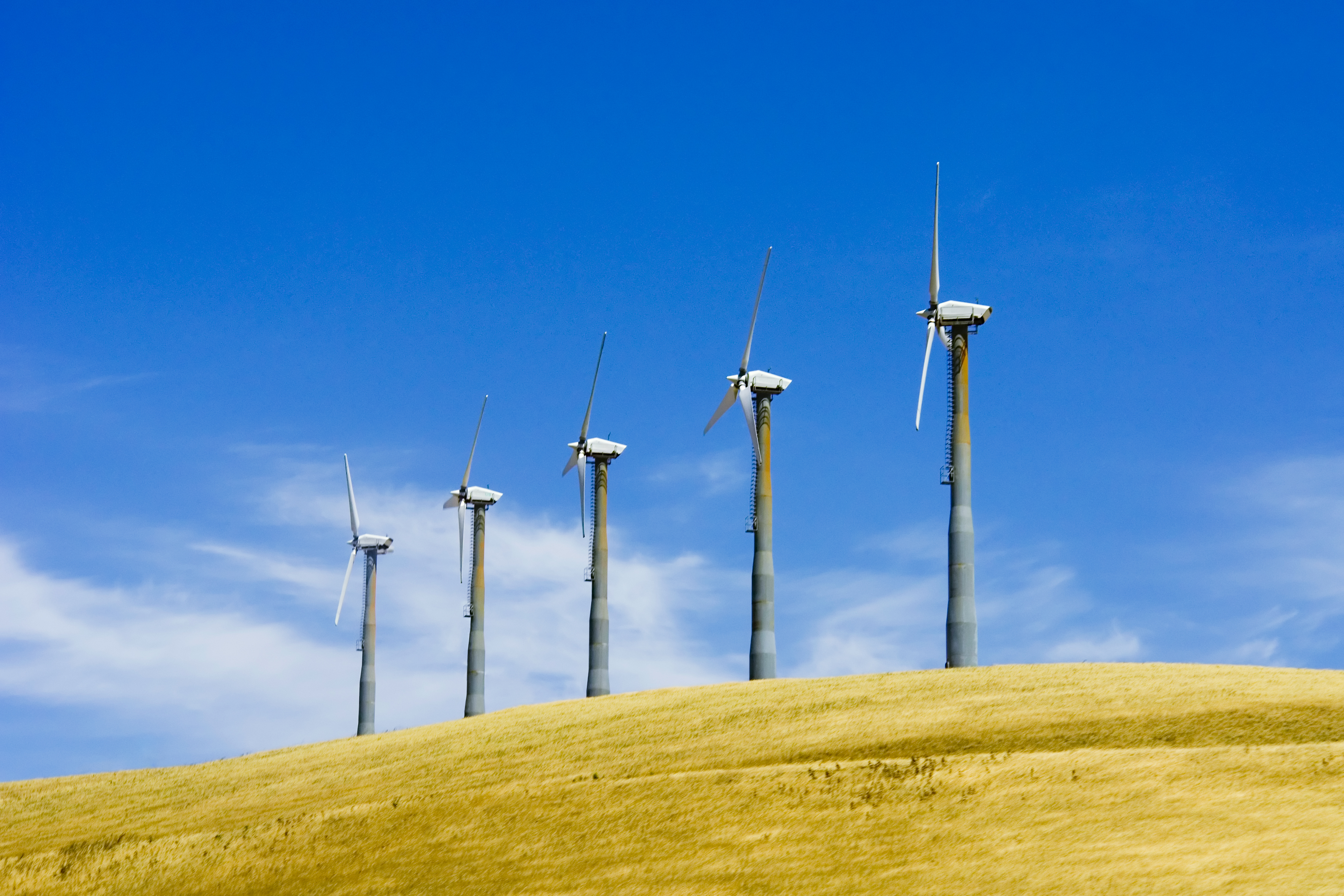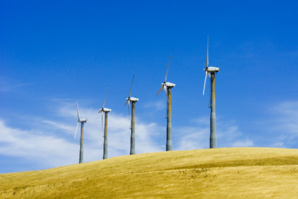As per a recently released report, greenhouse gas emission would have to reduce by 96% so as to stop the rise in global temperature by 2 degrees centigrade. The news report also lists out a series of steps that should follow so as to avert the rise to this critical stage.
Felipe Calderón, the former President of Mexico, the Chair of the Comission, pointed out reassuringly, “The low carbon economy is already emerging. But governments, cities, businesses and investors need to work much more closely together and take advantage of recent developments if the opportunities are to be seized. We cannot let these opportunities slip through our fingers.”
These 10 steps will be extensively discussed at COP21 which is scheduled to take place between 30th November and 11th December, wherein for the first time, universal climatic agreements will be reached which will be legally binding on all 192 members of the United Nations. It will have more than 50,000 participants, including, members from civil society, inter-governmental organizations, UN agencies and NGOs.
Governments have been submitting to the UN, their Intended Nationally Determined Contributions (INDCs) ahead of the proposed meeting so that UN officials are in the know of their proposed cutting of emissions plan as well as the timeframe forecast for the transition to a greener economy.
China, the world largest emitter of greenhouse gases, has promised to cut down on the intensity of its emission by as much as 60-65% from its 2005 levels. It has also vowed to increase the usage of non-fossil fuel by 20% in its energy mix by 2030. Industrialized nations however are keeping thei ledges close to their chest.
“We know that the current INDC pledges are not likely to get us to the two degree C world we need. But this report shows there is significant room for stronger action that is in countries’ economic self-interest,” said the Report Director, New Climate Economy, Michael Jacobs,
He went on further to state “An agreement with universal participation – all countries- which includes a long-term goal to reduce GHG [greenhouse gas] emissions to zero or near-zero in the second half of the century.”
He hoped to see “a regular five-yearly cycle of commitments in which countries strengthen their mitigation and adaptation targets, with this year’s INDCs being seen as ‘floors not ceilings’ to national ambition, able to be raised later.”
A successful agreement would have to include in its basket a strong financial package as well as technological support for developing nations. “A worst-case scenario?” Jacobs said. “No agreement. This could still happen.”
On its part, the commission has urged for further financial contribution so that at least $1 trillion can be invested in renewable energy by 2030.
This would be feasible, if governments put in place a strong policy backed up by a regulatory framework that incentivizes the renewable energy industry and de-subsidizes those of fossil fuel while introducing a carbon pricing mechanism.
Trevor Manuel, the former Minister and Chairperson of the South African Planning Commission mentioned, “The findings of this report, combined with those of the recent Africa Progress Report, prove that there are immense opportunities in the emerging low-carbon economy.”
He further added, “Africa can ‘leapfrog’ the fossil-fuel based growth strategies of developed countries and become a leader in low-carbon development, exploiting its abundant – and currently under-utilised – renewable energy resources.”
References:
http://www.ipsnews.net/2015/07/climate-commission-issues-blueprint-for-low-carbon-economy/
Felipe Calderón, the former President of Mexico, the Chair of the Comission, pointed out reassuringly, “The low carbon economy is already emerging. But governments, cities, businesses and investors need to work much more closely together and take advantage of recent developments if the opportunities are to be seized. We cannot let these opportunities slip through our fingers.”
These 10 steps will be extensively discussed at COP21 which is scheduled to take place between 30th November and 11th December, wherein for the first time, universal climatic agreements will be reached which will be legally binding on all 192 members of the United Nations. It will have more than 50,000 participants, including, members from civil society, inter-governmental organizations, UN agencies and NGOs.
Governments have been submitting to the UN, their Intended Nationally Determined Contributions (INDCs) ahead of the proposed meeting so that UN officials are in the know of their proposed cutting of emissions plan as well as the timeframe forecast for the transition to a greener economy.
China, the world largest emitter of greenhouse gases, has promised to cut down on the intensity of its emission by as much as 60-65% from its 2005 levels. It has also vowed to increase the usage of non-fossil fuel by 20% in its energy mix by 2030. Industrialized nations however are keeping thei ledges close to their chest.
“We know that the current INDC pledges are not likely to get us to the two degree C world we need. But this report shows there is significant room for stronger action that is in countries’ economic self-interest,” said the Report Director, New Climate Economy, Michael Jacobs,
He went on further to state “An agreement with universal participation – all countries- which includes a long-term goal to reduce GHG [greenhouse gas] emissions to zero or near-zero in the second half of the century.”
He hoped to see “a regular five-yearly cycle of commitments in which countries strengthen their mitigation and adaptation targets, with this year’s INDCs being seen as ‘floors not ceilings’ to national ambition, able to be raised later.”
A successful agreement would have to include in its basket a strong financial package as well as technological support for developing nations. “A worst-case scenario?” Jacobs said. “No agreement. This could still happen.”
On its part, the commission has urged for further financial contribution so that at least $1 trillion can be invested in renewable energy by 2030.
This would be feasible, if governments put in place a strong policy backed up by a regulatory framework that incentivizes the renewable energy industry and de-subsidizes those of fossil fuel while introducing a carbon pricing mechanism.
Trevor Manuel, the former Minister and Chairperson of the South African Planning Commission mentioned, “The findings of this report, combined with those of the recent Africa Progress Report, prove that there are immense opportunities in the emerging low-carbon economy.”
He further added, “Africa can ‘leapfrog’ the fossil-fuel based growth strategies of developed countries and become a leader in low-carbon development, exploiting its abundant – and currently under-utilised – renewable energy resources.”
References:
http://www.ipsnews.net/2015/07/climate-commission-issues-blueprint-for-low-carbon-economy/


 U.N’s Climate Commission lays out the blueprint for green economy
U.N’s Climate Commission lays out the blueprint for green economy





 Companies
Companies